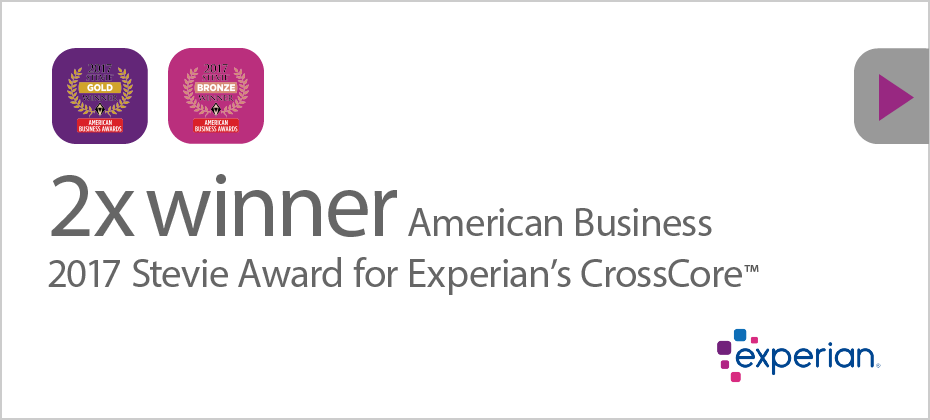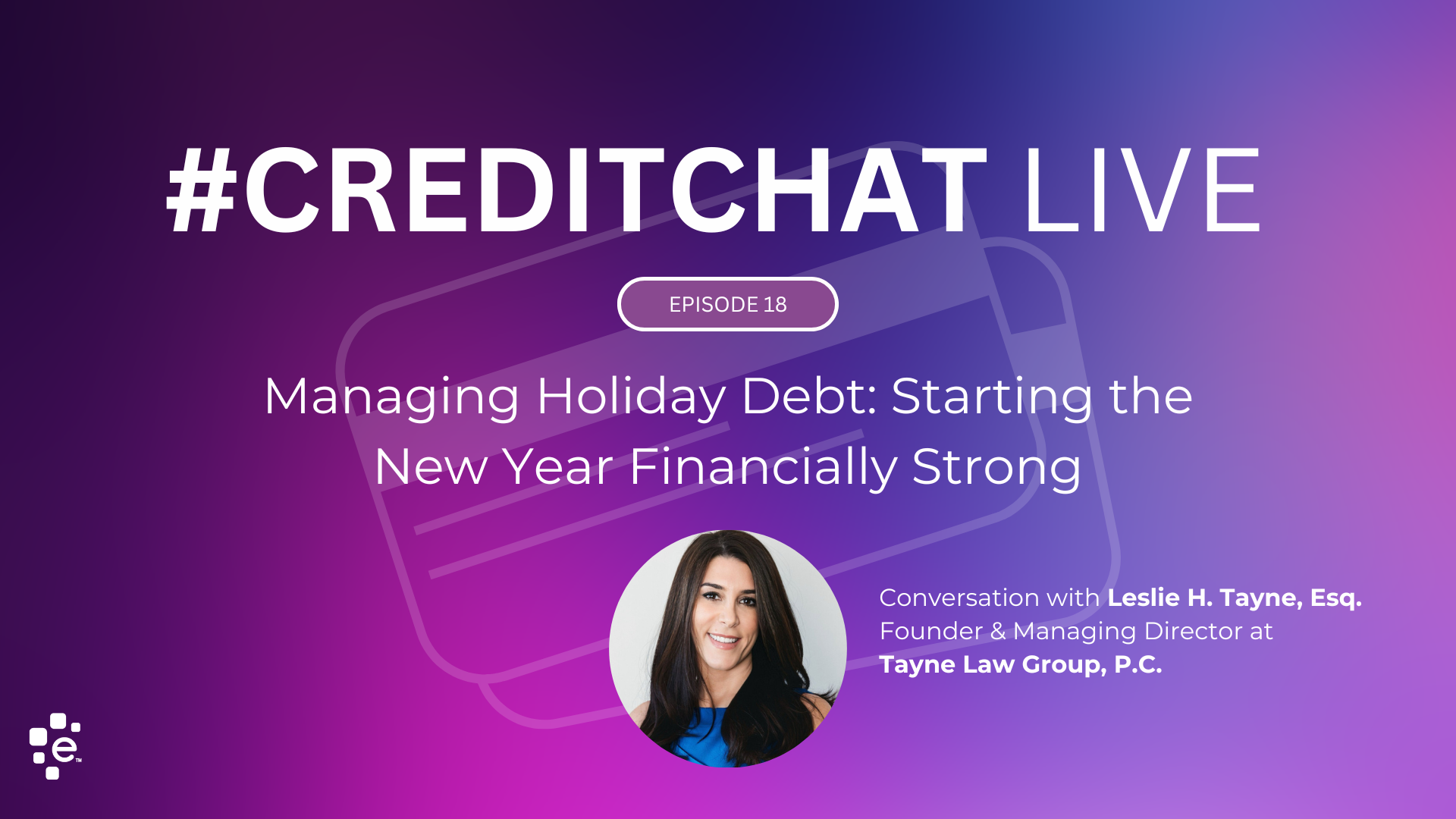Lorem Ipsumis simply dummy text of the printing and typesetting industry. Lorem Ipsum has been the industry’s standard dummy text ever since the 1500s, when an unknown printer took a galley of type and scrambled it to make a type specimen book. It has survived not only five centuries, but also the leap into electronic typesetting, remaining essentially unchanged
Author One

Health care can be expensive and unaffordable for many Americans. By developing a financial assistance screening tool and raising hospital donations through local charities, Experian makes sure those in need have financial support to put their health first. For many Americans, health care costs can be brutal. Insurance may not cover enough for some people, resulting in expensive out-of-pocket costs. Others may not even have insurance, forcing them to shoulder massive bills they can’t afford to pay. A few years ago, Experian created a financial assistance screening tool that helps patients quickly find out if they are eligible for financial support by asking a few questions about income and household size. We are proud that we get to say to many low-income patients, “Don't worry about your bill, it's going to be covered – just focus on getting better.” But while it’s wonderful to witness the relief on people’s faces when they find out their medical expenses are covered, we also noticed that many individuals with a moderate income were unable to pay for unexpected medical expenses, even with this screening tool. The financial burden of a sudden health issue could tip their family budget over the edge, leading them to default on credit cards, struggle to pay rent or their mortgage, or even get pushed into bankruptcy. They’re not poor enough to get financial support, but they’re not rich enough to pay for all out-of-pocket expenses, so they fall through the cracks. Unsatisfied with this reality, my team and I created a way to help middle-income families in need, using both the Experian Health Care financial assistance screening tool and the support of generous donors. We ask third-party donors, such as charities and companies – and our fellow Experian employees – to help us assist patients who are struggling to pay their bills. Their donations help create a fund for hospitals that can cover for these types of emergencies. When hospitals run Experian’s screening tool and identify a patient struggling to pay their medical bills, we can tell the patient they're covered. Rather than worrying over bills, they can focus on what truly matters – their health. It's really exciting to take an Experian product that already works for those in need, and use it to help even more patients. Right now, there are more than 700 hospitals using our screening tool. It blows my mind to think about how many more millions of patients this donation fund will help each year.

Five years ago, I began volunteering as an Experian Ambassador, teaching personal finance to local high school students. It is so rewarding to share my credit knowledge with young people, and to see their eyes light up when they understand how credit works. I ended up starting my career at Experian 26 years ago because my passion for credit runs in my blood. I was raised in a household where reputation was everything to my father. The idea of having a good name, a good reputation and a good credit score was drilled into me. So, when Experian created the Ambassador Program to promote financial literacy in local communities through employee volunteers, I jumped at the chance to participate. At the time, I was an Account Executive and knew that for most consumers, credit is an obscure subject. I thought this program would be a great opportunity to apply my expertise and educate people in my community about the importance of taking their financial reputation seriously. As an Ambassador, I gave my first presentation on financial literacy to high school students, and the experience was so rewarding that I immediately contacted my son’s high school to see if I could teach the same class to his classmates. The program has grown to where I now go to the school twice a year, teaching the entire student body of 4,000 students about how they can responsibly build their credit. For each class, I share personal stories and anecdotal examples that are relatable to them. For example, to explain how credit scores affect consumers, I ask every student to think of number between 350 and 800. I then pick three volunteers to come to the stage – one who chose a number in the low range, one from the mid-range and third from the higher range. I then ask those three kids to agree on the dream car they would buy. Once they agree on the make and model, we talk about how the price of the car is the same for everyone, but that their credit score determines the loan financing. Someone with a higher credit score will pay much less over the life of a car loan than someone with a lower score. That’s the moment my students’ eyes light up, because they finally understand how credit works. Over the years, I’ve had kids come up to me in grocery stores and thank me for teaching them about credit. One young man in particular came up to me at a local farmer’s market, beaming. “I remember when you taught me about credit scores,” he said. “Because of you, I was able to save money, get a secured card, build my credit and buy my first car.” His pride was infectious. Credit has an impact in everyone’s life at some point. By speaking to students at a young age, in terms and language they understand, I’ve helped countless students successfully and safely build credit to help them reach their first financial milestones. I am proud of the opportunity I have been given at Experian to help young people to take control of their financial futures.

I’m constantly amazed at how Experian gets to uncover and bring to life the data that really matters. By partnering with the National Literacy Trust to analyze different data sets, we uncovered a widespread literacy crisis in England. A while back, Experian was approached by the National Literacy Trust in England, asking us to collect information to help them better understand how far-reaching literacy problems are in England. Using data from Experian, the National Literacy Trust and the 2011 census, our data analytics team compared data sets against social factors that are closely associated with low literacy levels, such as education, income and unemployment rates. Through this in-depth analysis, we were able to create a literacy vulnerability score for every single electoral ward and parliamentary constituency in England. We found that 86 percent of all English constituencies have entrenched problems with literacy. What was most surprising was how far-reaching the problem was across the country. I guess I had assumed, as most would, that in the more affluent areas where there are good levels of education, higher incomes and higher employment rates, children would have a good relationship with books. We found, however, that it doesn’t matter what community you live in, or how affluent or deprived the area is – literacy issues can affect all of us. While the initial reaction by the public has been one of shock, I really think this study was something England needed to help the next generation avoid the same problems. Working alongside the National Literacy Trust, we’re leveraging this data to raise awareness within the government. Early in February 2017, we supported an event for Members of Parliament (MPs) to highlight how the issue may affect their constituencies, using a ranking table that shows which areas are the most affected. You could say this literacy issue is a bit of a crisis, and MPs would now agree. In my role at Experian, I frequently look at what we call “societal impact stories” that highlight how Experian is engaged in local communities. What I love about my job is getting to see how all the powerful information we have on hand is being used to lay the foundations for others to transform lives and local communities for the better. While there is still much work to be done to solve the literacy issue in England, I’m constantly amazed at how we at Experian get to uncover and bring to life the data that really matters.

Bernard Marr, who LinkedIn recently ranked as one of the top 10 business influencers in the world (just behind Bill Gates and Richard Branson), recently published a story on Forbes about how Experian is using machine learning to cut mortgage application times to just a few days. In this article, Experian’s Global CIO, Barry Libenson, discusses how Experian is well-positioned to pioneer technology in this field, due to the fact that banks, insurers and public sector bodies all routinely come to it for its data. “Now the large financial institutions don’t want you to dictate to them how they consume information, they want to tell you how they want to consume it, and you have to deliver it to them in that way. So they can say ‘hey, Experian, we have a simple question we want to ask and we expect a simple response, and we want it in real-time, and we want to be able to get it 24 hours a day from anywhere in the world.'” Check out the full article: How Experian Is Using Big Data and Machine Learning to Cut Mortgage Applicatoin Times To a Few Days

We developed CrossCore to make the industry’s fraud and identity solutions work better for everyone. We wanted to help organizations prevent more fraud while making it easier for their good customers to do business with them and nearly a year after the launch we’re proud of the reception we’ve had from clients, partners and the industry. Our latest honor is a bronze and gold medal from the American Business Awards for Identity and Access Security Solution Product of the Year and Product Management Department/Team of the Year. “We developed CrossCore to help our clients get the strength they want with the flexibility they need for more effective fraud management,” said Kathleen Peters, Global Vice President, Product Management, Fraud and Identity at Experian. “These latest Stevie Awards validate the feedback we’ve received from the market, and more importantly, from our clients.” CrossCore helps organizations with the ever-changing, complex and challenging world of fraud prevention. Businesses readily add solutions from us, other providers, and even their own solutions, to connect, access and orchestrate decisions across multiple systems. To make this possible for our clients, our teams worked around the clock in offices all around the world. They brought experiences and perspectives together to build and test code in packages that could be installed anywhere and everywhere. Using this “immutable infrastructure” approach, the team built, configured, connected, tested and monitored over 20 different systems to ensure everything was working. And they did it in less than nine months. The Stevie Award judges recognize the efforts of this team and the power of CrossCore. Here are just some of the positive comments we received: “The deployment of a global project such as CrossCore in only 9 months is remarkable, especially with 20 different systems being interconnected to deliver the service. Lots of hard work from the team, congrats!” “Seems like the strongest and the best solution in fraud prevention. Experian is already the industry leader in its respective industry, however CrossCore seems to be a great service, with a beautiful and intuitive UI.” “A good write up on what appears to be a useful platform. This is a great accomplishment and the nomination sounds like a talented team of product developers and software engineers.” “Congratulations on delivering an ambitious product in a relatively short timeframe!” We’re excited about how CrossCore could fit into your fraud strategy and would love to talk to you about it. Learn more ways CrossCore can help your business prevent fraud.
In this article…
First Heading
Lorem Ipsumis simply dummy text of the printing and typesetting industry. Lorem Ipsum has been the industry’s standard dummy text ever since the 1500s, when an unknown printer took a galley of type and scrambled it to make a type specimen book. It has survived not only five centuries, but also the leap into electronic typesetting, remaining essentially unchanged
It was popularised in the 1960s with the release of Letraset sheets containing Lorem Ipsum passages, and more recently with desktop publishing software like Aldus PageMaker including versions of Lorem Ipsum.
Why do we use it?
It is a long established fact that a reader will be distracted by the readable content of a page when looking at its layout. The point of using Lorem Ipsum is that it has a more-or-less normal distribution of letters, as opposed to using ‘Content here, content here’, making it look like readable English. Many desktop publishing packages and web page editors now use Lorem Ipsum as their default model text, and a search for ‘lorem ipsum’ will uncover many web sites still in their infancy. Various versions have evolved over the years, sometimes by accident, sometimes on purpose (injected humour and the like).
It was popularised in the 1960s with the release of Letraset sheets containing Lorem Ipsum passages, and more recently with desktop publishing software like Aldus PageMaker including versions of Lorem Ipsum.
Why do we use it?
It is a long established fact that a reader will be distracted by the readable content of a page when looking at its layout. The point of using Lorem Ipsum is that it has a more-or-less normal distribution of letters, as opposed to using ‘Content here, content here’, making it look like readable English. Many desktop publishing packages and web page editors now use Lorem Ipsum as their default model text, and a search for ‘lorem ipsum’ will uncover many web sites still in their infancy. Various versions have evolved over the years, sometimes by accident, sometimes on purpose (injected humour and the like).
Second Heading
It was popularised in the 1960s with the release of Letraset sheets containing Lorem Ipsum passages, and more recently with desktop publishing software like Aldus PageMaker including versions of Lorem Ipsum.

Where can I get some?
There are many variations of passages of Lorem Ipsum available, but the majority have suffered alteration in some form, by injected humour, or randomised words which don’t look even slightly believable. If you are going to use a passage of Lorem Ipsum, you need to be sure there isn’t anything embarrassing hidden in the middle of text. All the Lorem Ipsum generators on the Internet tend to repeat predefined chunks as necessary, making this the first true generator on the Internet. It uses a dictionary of over 200 Latin words, combined with a handful of model sentence structures, to generate Lorem Ipsum which looks reasonable.
There are many variations of passages of Lorem Ipsum available, but the majority have suffered alteration in some form, by injected humour, or randomised words which don’t look even slightly believable. If you are going to use a passage of Lorem Ipsum, you need to be sure there isn’t anything embarrassing hidden in the middle of text. All the Lorem Ipsum generators on the Internet tend to repeat predefined chunks as necessary, making this the first true generator on the Internet. It uses a dictionary of over 200 Latin words, combined with a handful of model sentence structures, to generate Lorem Ipsum which looks reasonable. The generated Lorem Ipsum is therefore always free from repetition, injected humour, or non-characteristic words etc.
Author test
Buttons margin test
